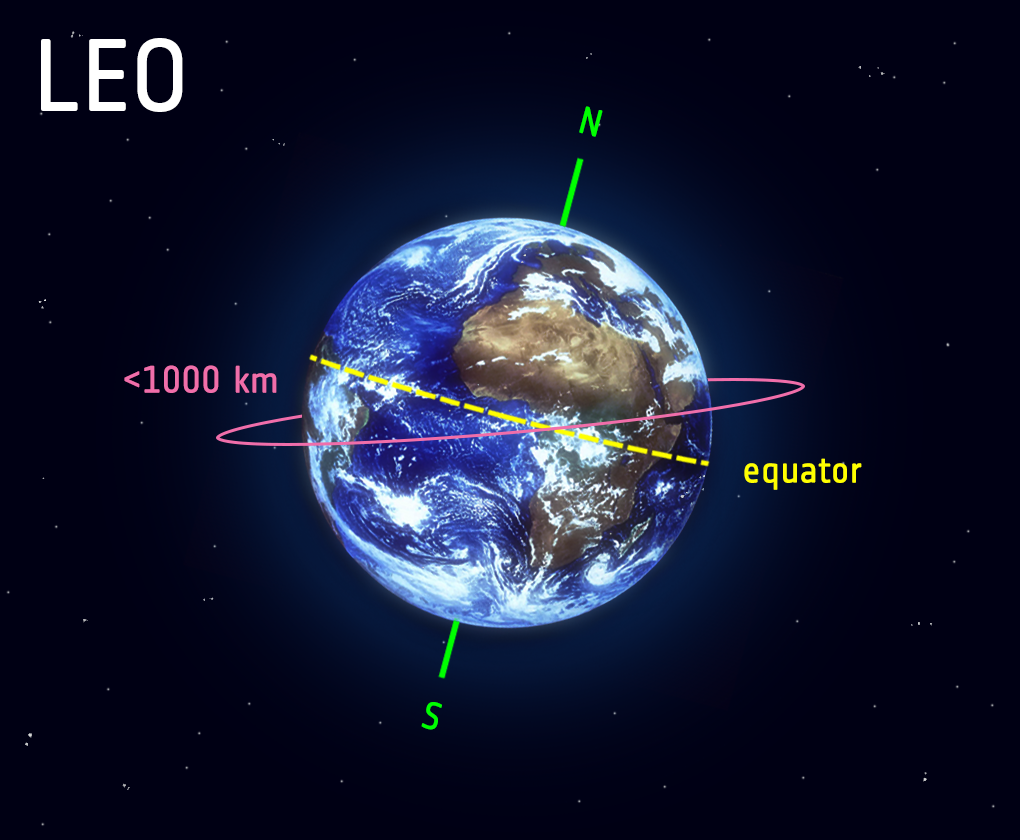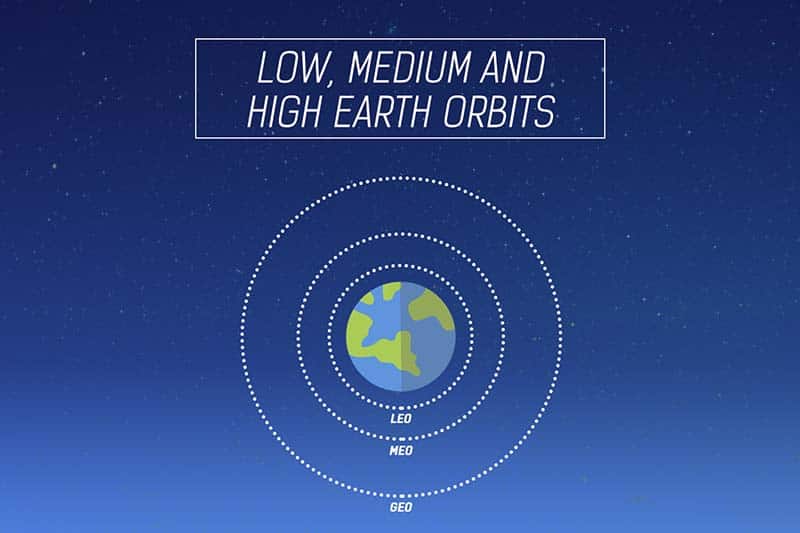

#LOW EARTH ORBIT FREE#
However, an object in orbit is in a permanent free fall around Earth, because in orbit both the gravitational force and the centrifugal force balance out each other. This is because the distance to LEO from the Earth's surface is much less than the Earth's radius. The pull of gravity in LEO is only slightly less than on the Earth's surface. The launch vehicle's delta-v needed to achieve low Earth orbit starts around 9.4 km/s (5.8 mi/s). Calculated for a circular orbit of 200 km (120 mi) the orbital velocity is 7.79 km/s (4.84 mi/s), but for a higher 1,500 km (930 mi) orbit the velocity is reduced to 7.12 km/s (4.42 mi/s). However, this depends on the exact altitude of the orbit. The mean orbital velocity needed to maintain a stable low Earth orbit is about 7.8 km/s (4.8 mi/s), which translates to 28,000 km/h (17,000 mph). The distinction between LEO orbits and the LEO region is especially important for analysis of possible collisions between objects which may not themselves be in LEO but could collide with satellites or debris in LEO orbits. Sub-orbital objects can also reach the LEO region but are not in an LEO orbit because they re-enter the atmosphere. Some highly elliptical orbits may pass through the LEO region near their lowest altitude (or perigee) but are not in an LEO orbit because their highest altitude (or apogee) exceeds 2,000 km (1,200 mi). The LEO region is defined by some sources as a region in space that LEO orbits occupy. For circular orbits, this in turn corresponds to an altitude of 2,042 km (1,269 mi) above the mean radius of Earth, which is consistent with some of the upper altitude limits in some LEO definitions. While definitions based on altitude are inherently ambiguous, most of them fall within the range specified by an orbit period of 128 minutes because, according to Kepler's third law, this corresponds to a semi-major axis of 8,413 km (5,228 mi). Even for circular orbits, the altitude above ground can vary by as much as 30 km (19 mi) (especially for polar orbits) due to the oblateness of Earth's spheroid figure and local topography. The altitude of an object in an elliptic orbit can vary significantly along the orbit. Since the end of the Apollo program, no human spaceflights have been beyond LEO.Ī wide variety of sources define LEO in terms of altitude. From 1968 to 1972, the Apollo program's lunar missions sent humans beyond LEO. Objects in orbits that pass through this zone, even if they have an apogee further out or are sub-orbital, are carefully tracked since they present a collision risk to the many LEO satellites.Īll crewed space stations to date have been within LEO.

The term LEO region is also used for the area of space below an altitude of 2,000 km (1,200 mi) (about one-third of Earth's radius).

Most of the artificial objects in outer space are in LEO, with an altitude never more than about one-third of the radius of Earth. (In the SVG file, hover over an orbit or its label to highlight it click to load its article.)Ī low Earth orbit ( LEO) is an orbit around Earth with a period of 128 minutes or less (making at least 11.25 orbits per day) and an eccentricity less than 0.25. The Moon's orbit is around 9 times as large as geostationary orbit.


 0 kommentar(er)
0 kommentar(er)
